Ayur and Panchkarma
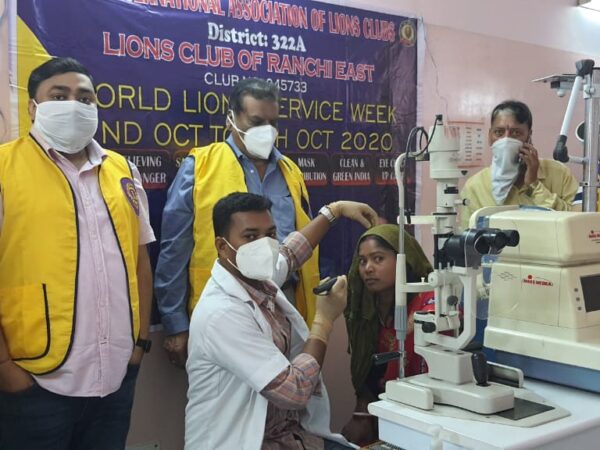
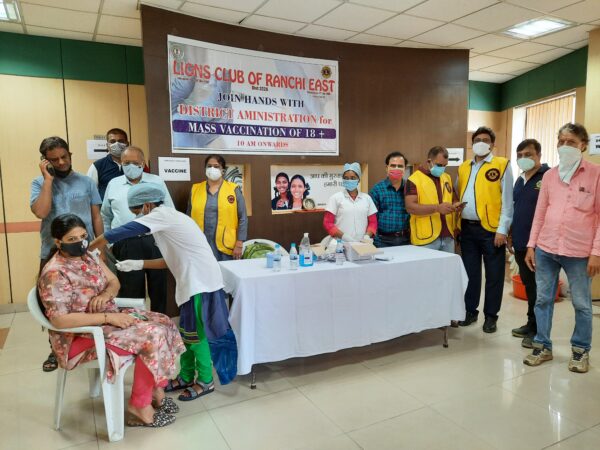
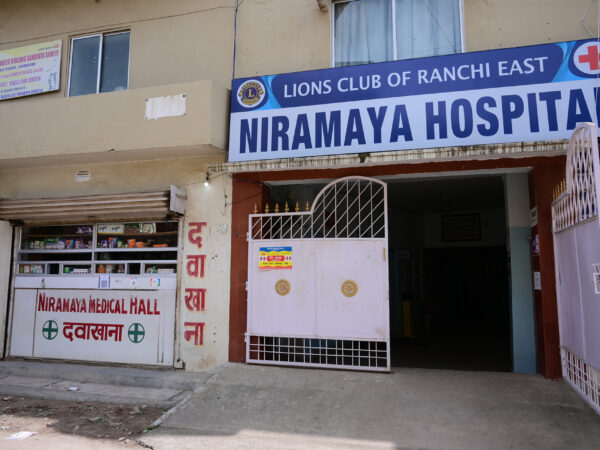
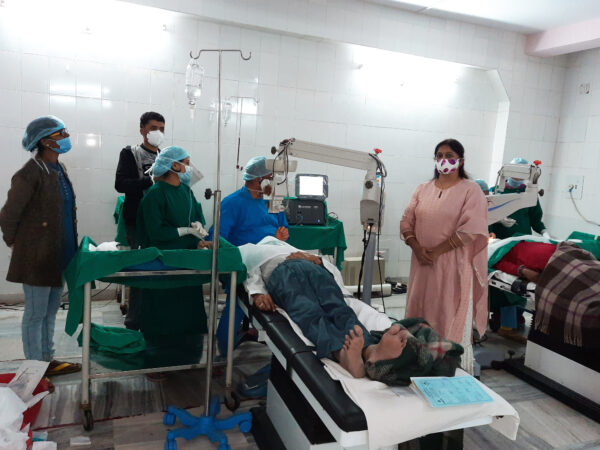
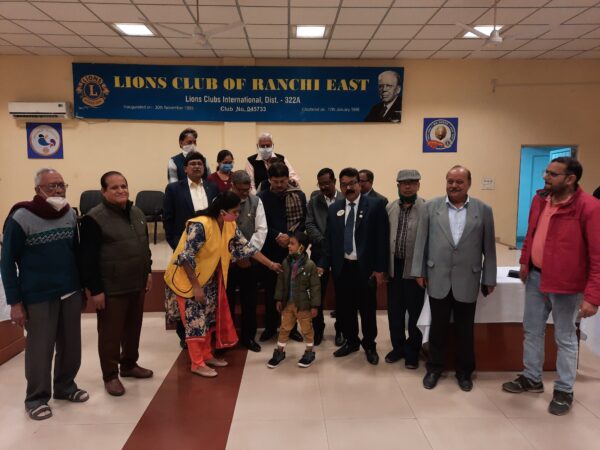
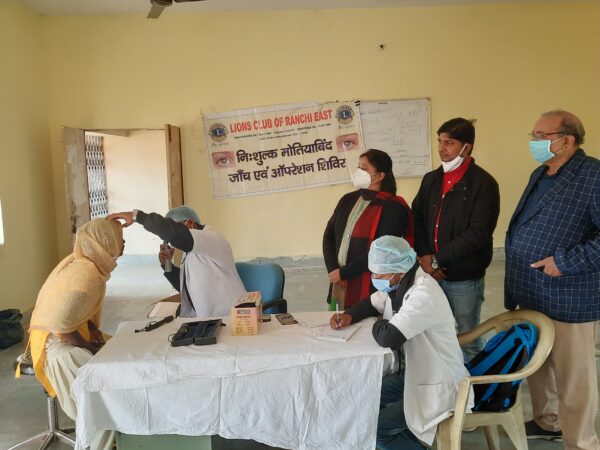


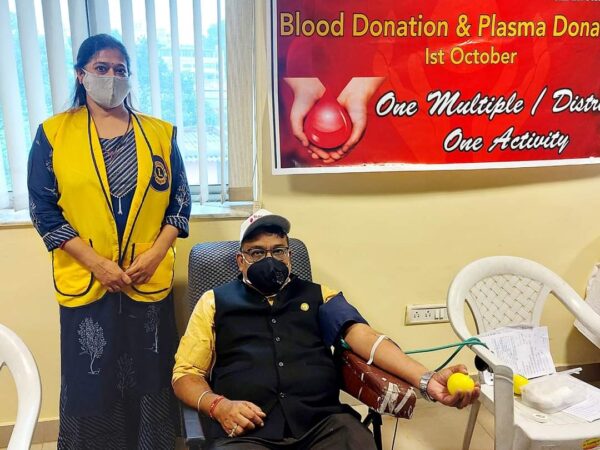
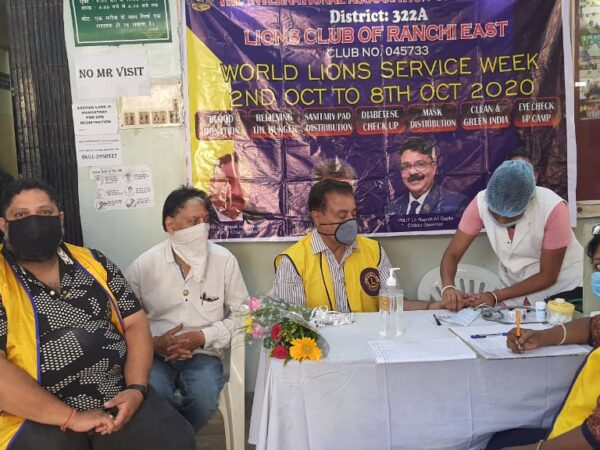
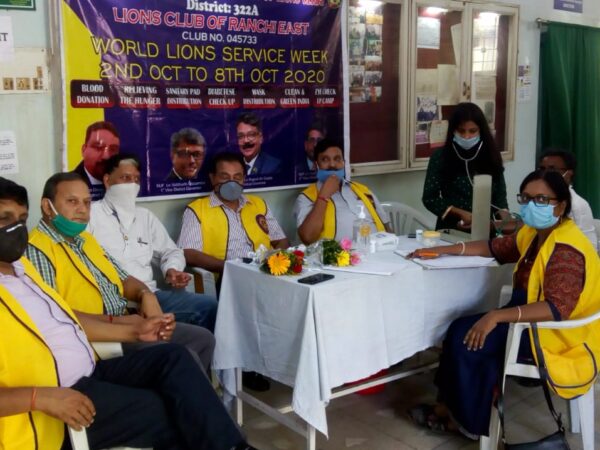

Ayurveda has rightly emphasized that health is not only the state of not having disease but, it is the state of normalcy of Dosha, Dathu, Agni and Malakriya. It also includes the Prasanna Atma (soul), Indriya (sense organs) and Manas (mind). Three doshas of the body, Vata, Pitta and Kapha, which broadly represent the nervous system, the metabolic system and the nutritive system, keep the human body in balance. Whenever the delicate balance between these doshas is disturbed, a disease may be manifested. The main objective of the Ayurvedic system of treatment is to restore the original state of equilibrium between the doshas. In order to achieve the same Ayurveda has advocated certain regimens and treatment modalities such as Dinacharya, Rutucharya, Vega Adharana, Rasayana–Vajikarana and Panchakarma. Panchakarma is a method of cleansing the body of all the unwanted waste after lubricating it. Panchakarma are 5 (five) in number; hence the term Pancha (five) – Karma (procedures). Panchakarma treatment is unique in the sense that it includes preventive, curative and promotive actions for various diseases. The body can be divided on the basis of the parts that need cleansing. Head, GIT (gastro- intestinal system), upper and lower. The five main Karmas to cleanse the complete body are
1. Vamanam (therapeutic emesis) – induced vomiting helps clear the upper gastro till the duodenum (end of stomach) and part of the respiratory tract.
2. Virechanam (purgation) – induced purgation clears the lower gastro from the duodenum (end of stomach) till the exit.
3. Anuvasana (enema using medicated oil) – Oil enema helps lubricate the rectal area and take out all the lipid soluble waste out through the anus.
4. Nasyam – nasal instillation of medicated substances helps clear the respiratory tract and para-nasal sinuses.
5. Astapana Vasti (Therapeutic Decoction Enema) – decoction enema cleanses the area from the transverse colon till the anus.
Morning Time:10:00AM-11:00AM
Evening Time :NA
Day: Mon- Sat

